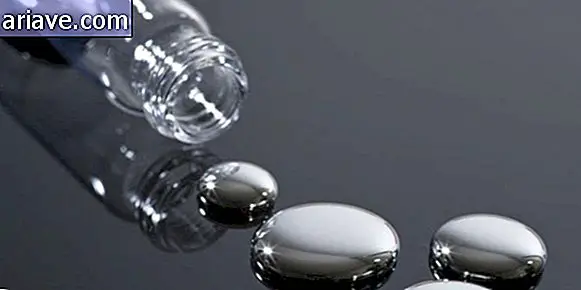Find out which two substances make us fall asleep quickly
There are people who lie down, close their eyes and sleep, as if this is the simplest thing in the world. On the other hand, there are those who simply cannot sleep easily, and among these people, a common desire is to discover a little button that can activate sleep as a magic touch - well ... Maybe that will one day be possible.
In order for our brains to give us the command to finally sleep, some physiological changes must take place for the brain's "switch" to be properly activated. Research recently published in Nature has revealed good news: We are possibly close to finding out how to successfully interfere with these processes and activate the sleep switch.
The study in question was conducted with the brain of Drosophila melanogaster flies . This particular type of insect has been studied before, and previous research has revealed that they have a cluster of neurons in a brain region whose function is to control the transition from alertness to sleep. This same function is also found in many mammals, including us humans.
How it works?

These neurons remain quiet while we are awake, but they activate when we sleep. In previous studies, researchers have shown that it is possible to artificially alter the activity of these neurons - at the time, these flies went from alert to sleepy quickly. Still, it is not known exactly what are the mechanisms that control these neural activities in humans.
To try to find a clue in this regard, the researchers released dopamine in this brain region of insects. The presence of this substance caused the neurons to become active and the flies, consequently, to fall into deep sleep. Conversely, when dopamine was completely removed, the flies would stay awake.
Good news

Another thing discovered in this research was that these neurons are controlled by a potassium channel, which regulates the flow of potassium ions into cell membranes so that their current can be alternated. When sleep neurons are silent, these potassium channels act to prevent the influx of potassium ions. Already when dopamine is present, this potassium channel migrates and settles in the neuronal membrane, allowing potassium ions to cross its barrier and activate the neuronal function that makes us sleepy.
For now, these findings show us that both dopamine and potassium play a key role in terms of sleep. Discovering other mechanisms related to the “switch” that makes us wake up and sleep can, in the future, help insomniacs around the world not to see bedtime anymore as a big nightmare.











